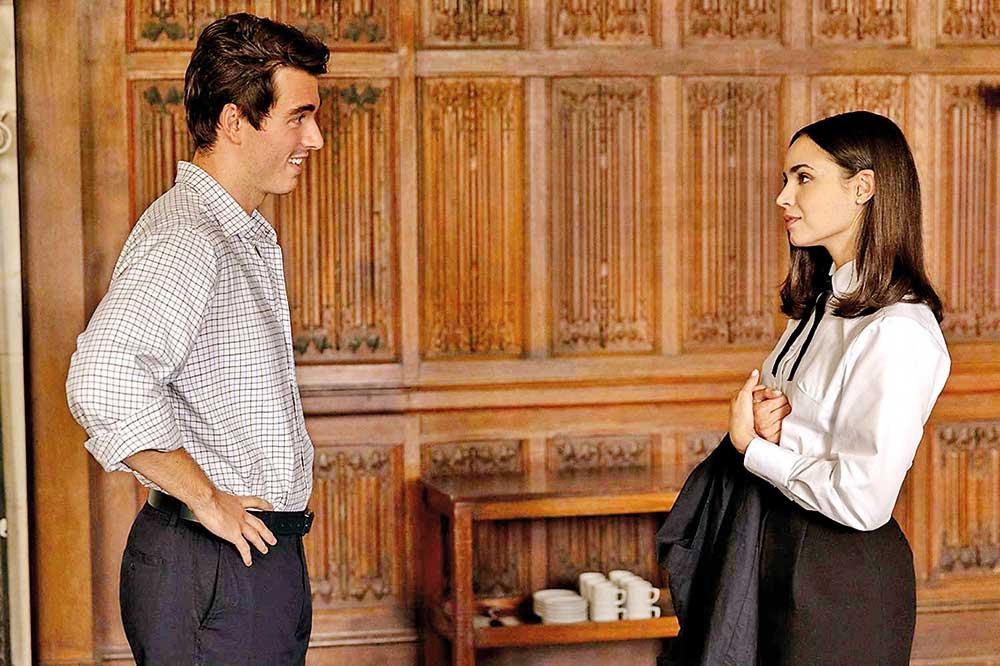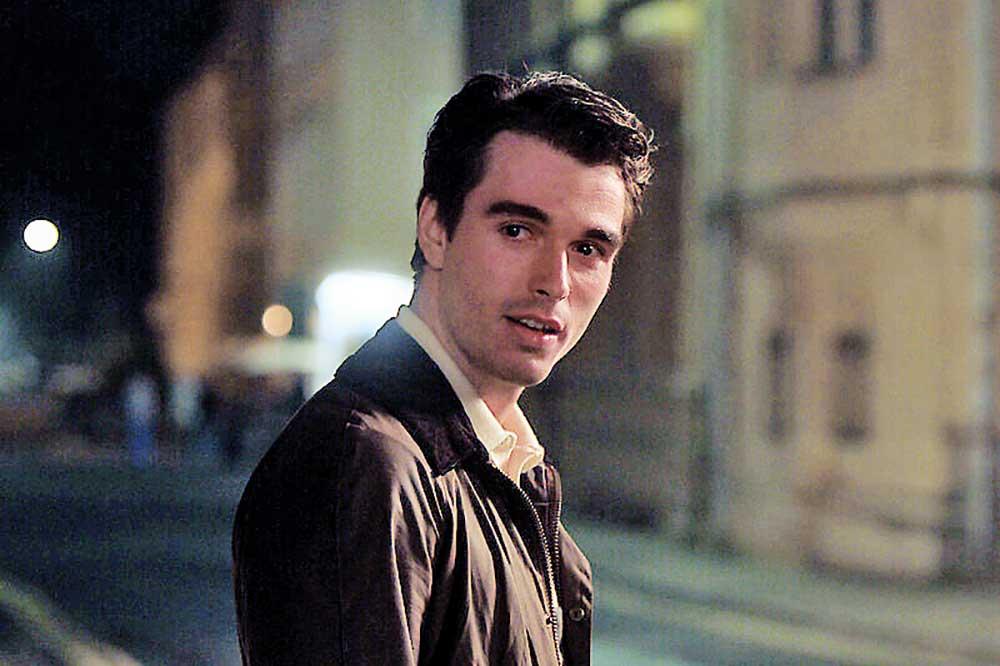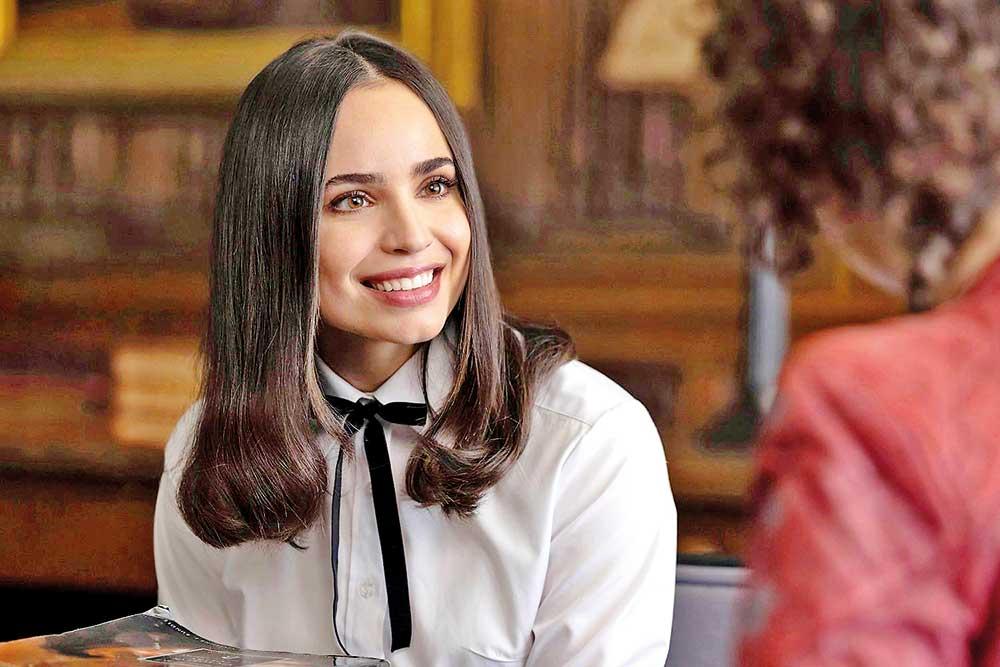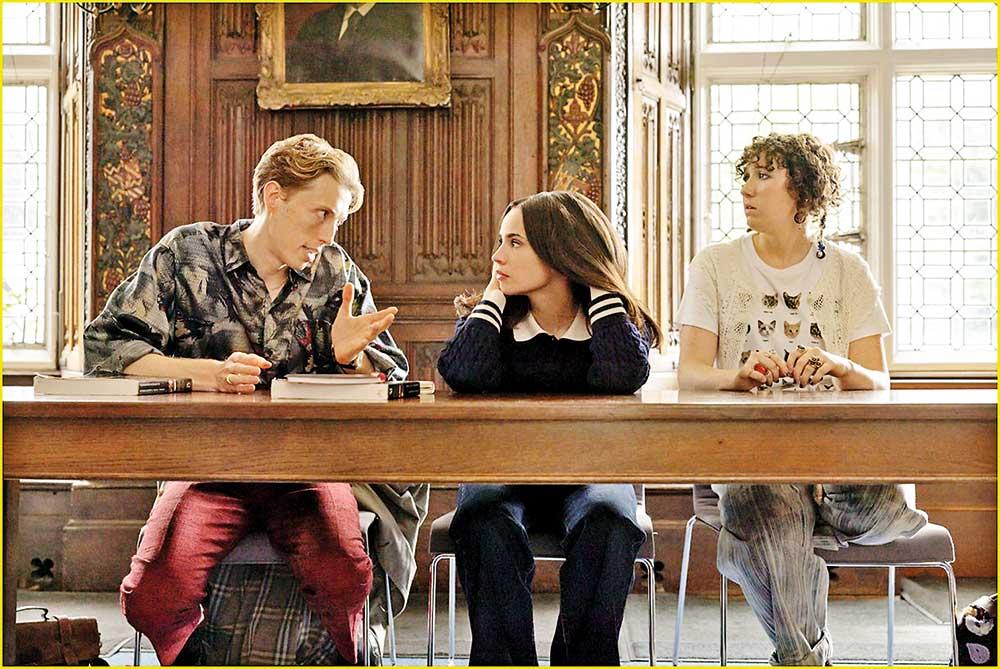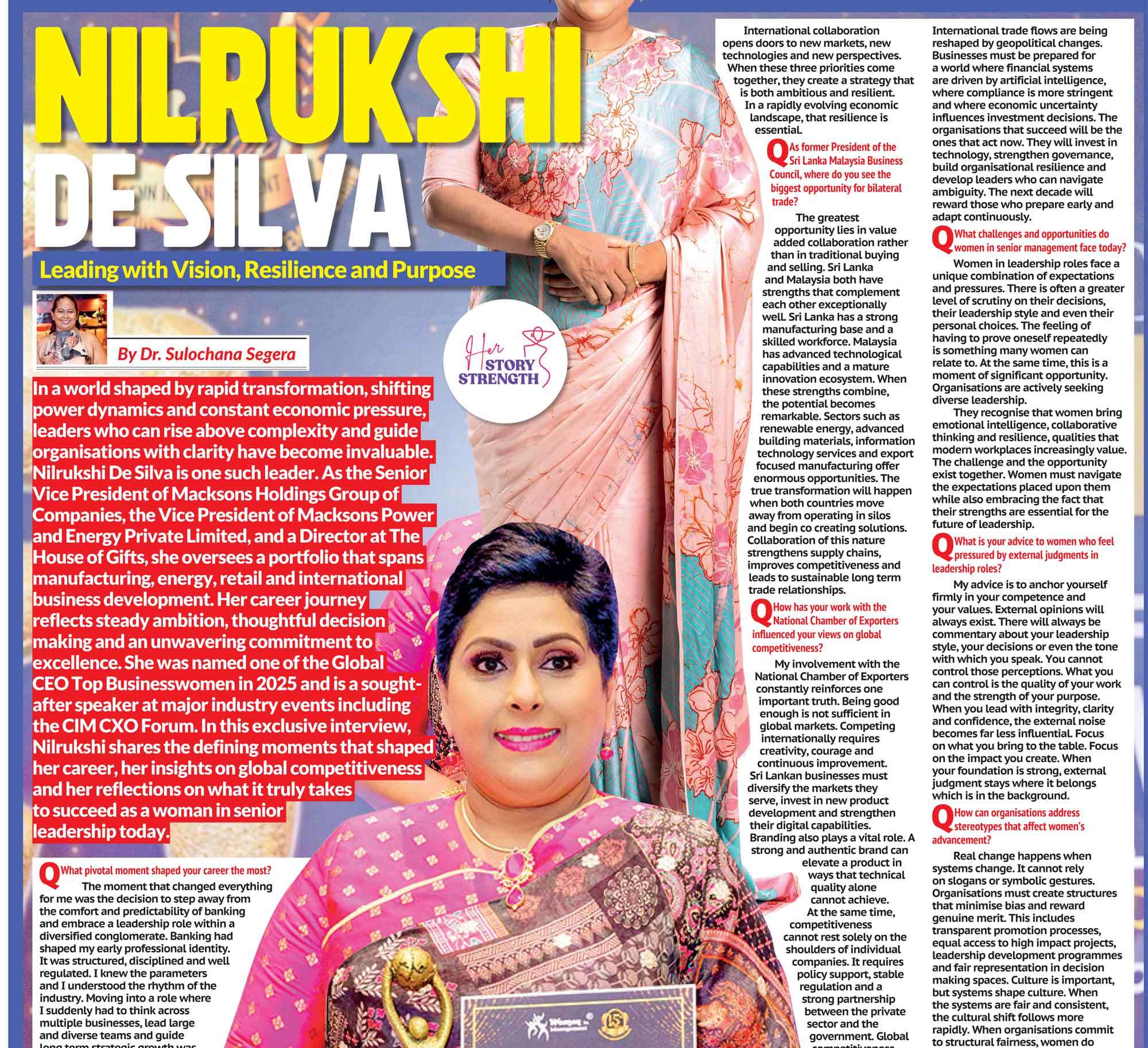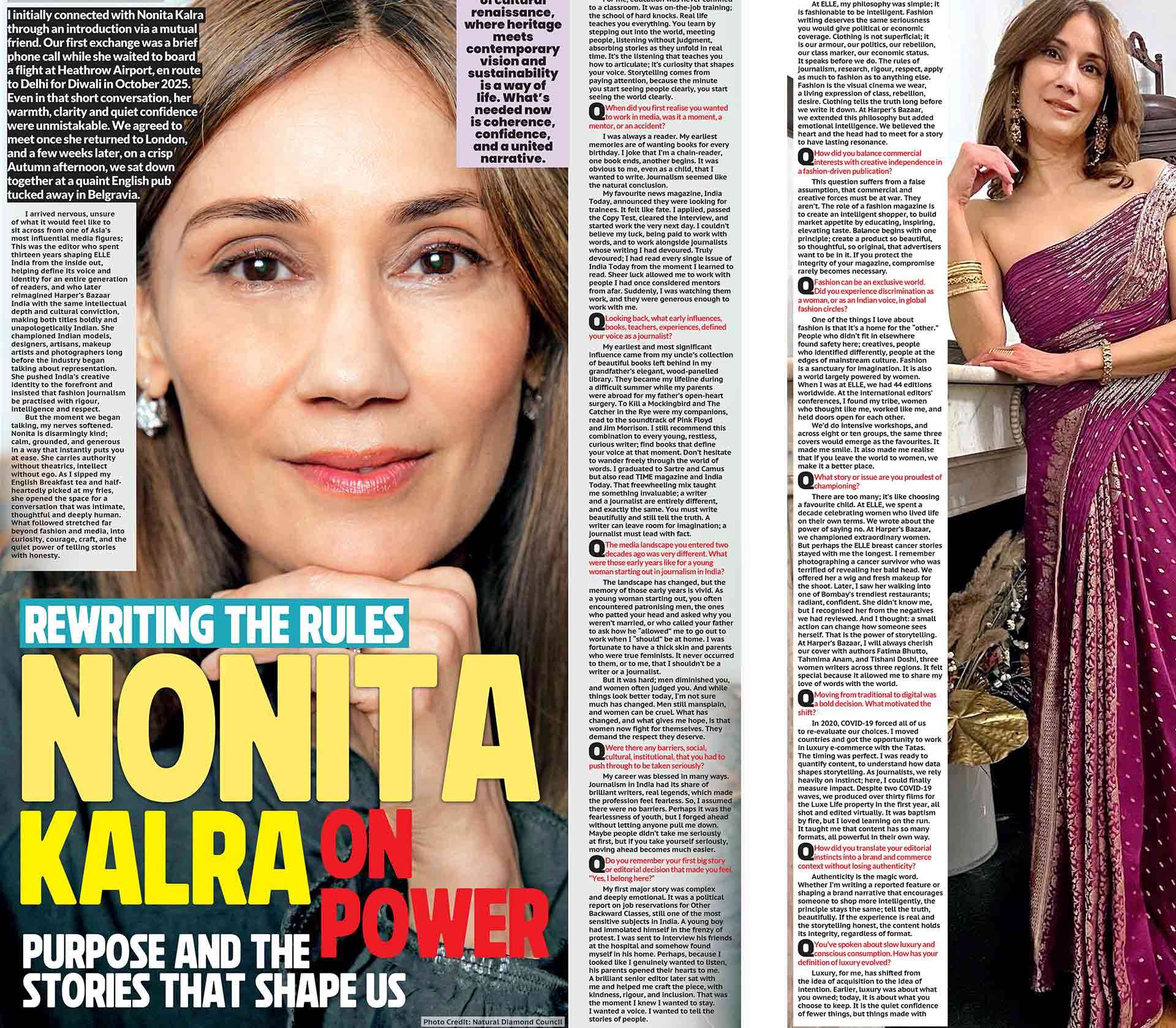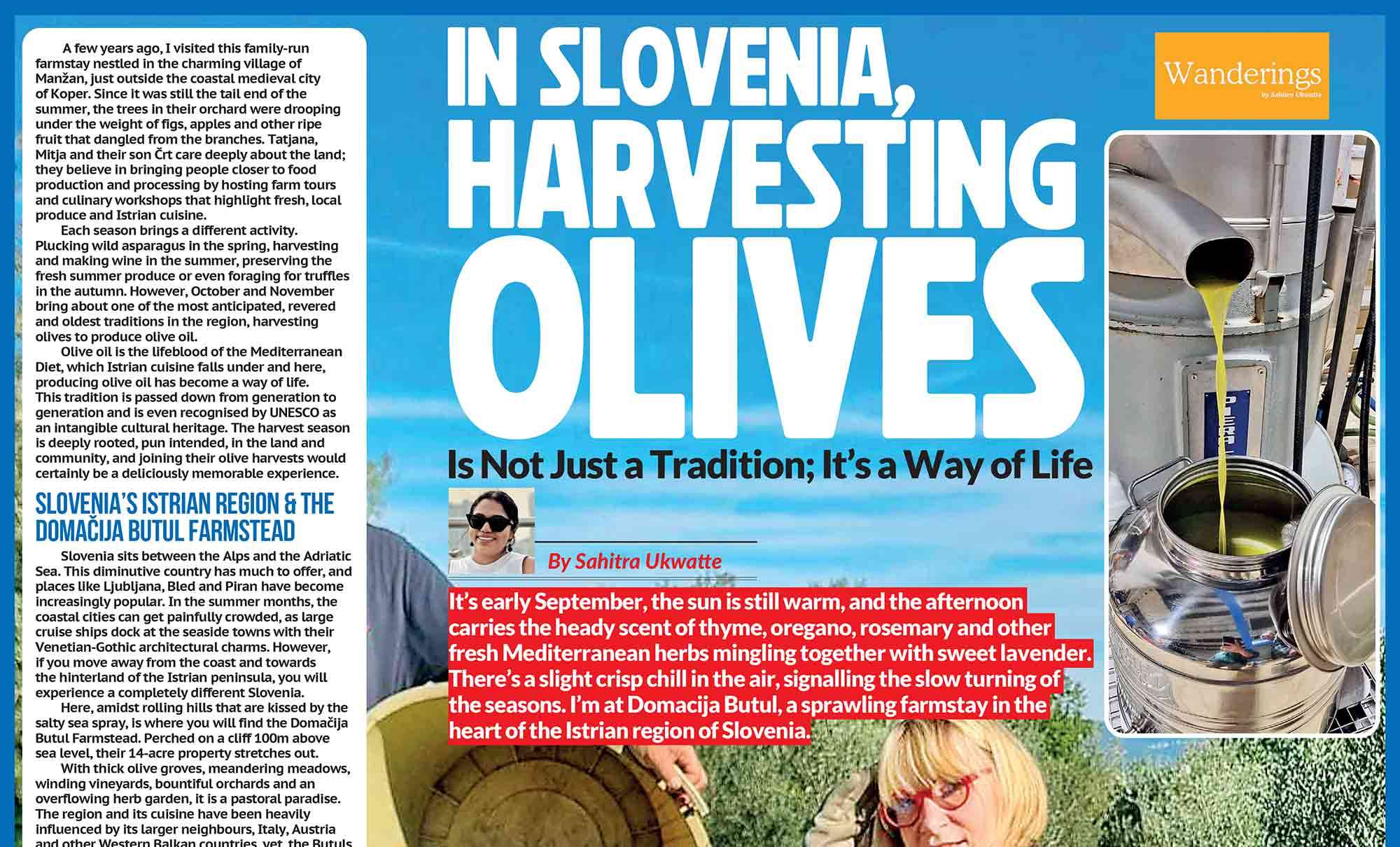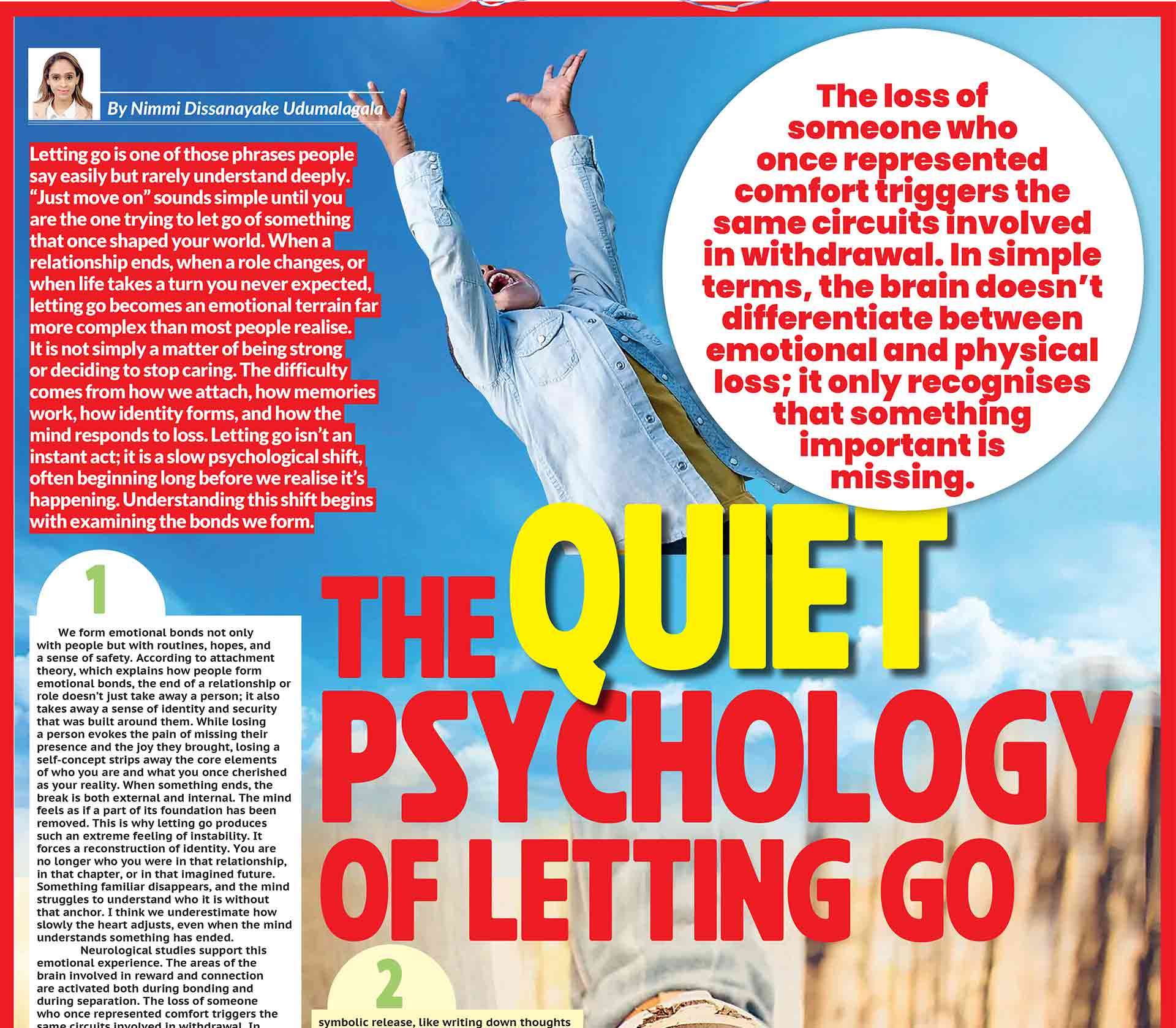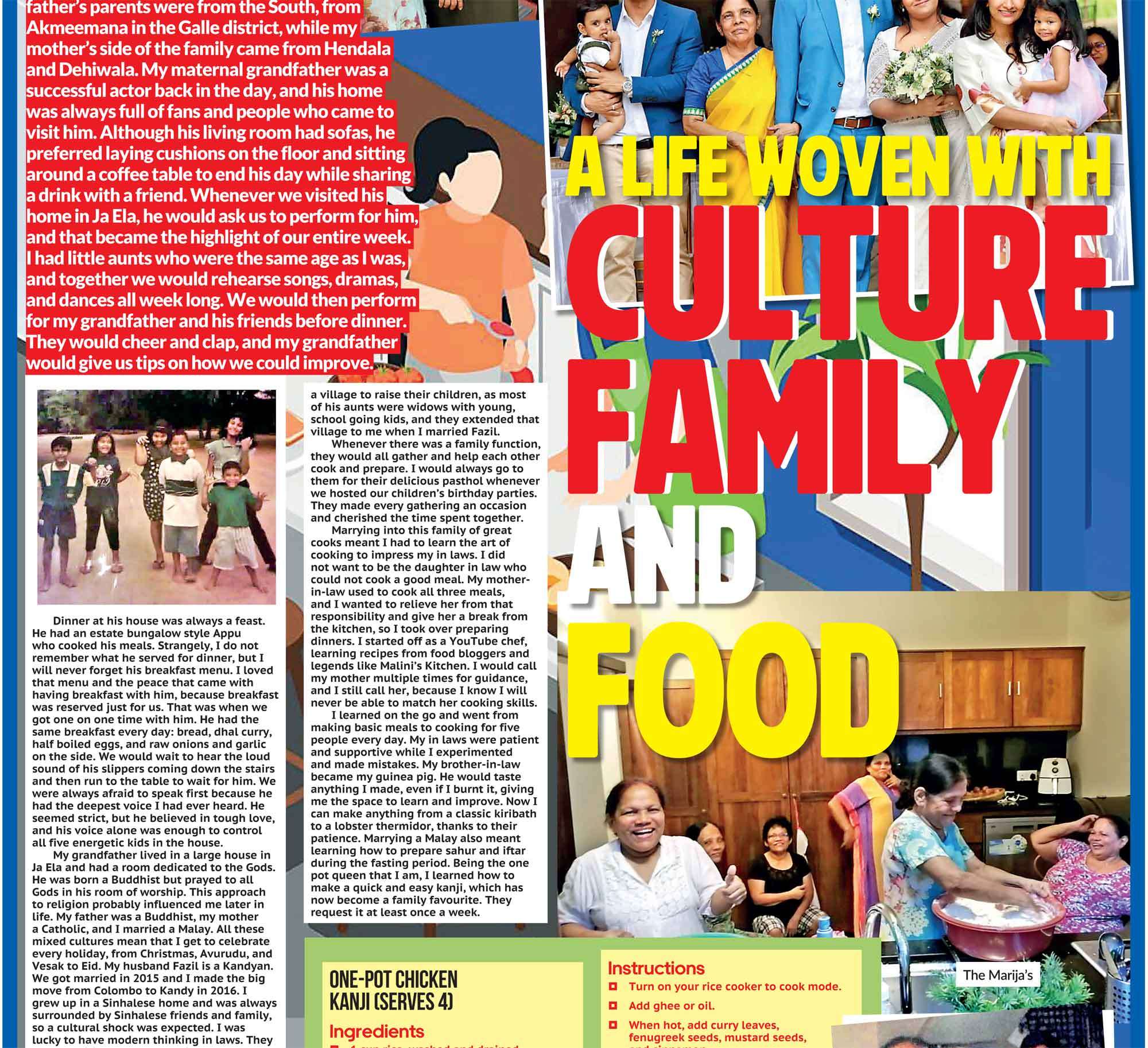
Netflix’s My Oxford Year, directed by Iain Morris and based on Julia Whelan’s bestselling 2018 novel, is a romantic drama that explores ambition, love, and self-discovery against the picturesque backdrop of Oxford University. Featuring Sofia Carson as Anna De La Vega, an ambitious American student, and Corey Mylchreest as Jamie Davenport, her enigmatic teaching assistant, the film promises an immersive coming-of-age tale blended with a heartfelt romance. While it captures the beauty and charm of its setting and offers earnest performances, it often leans on familiar romantic tropes, making it a pleasant yet somewhat predictable viewing experience.
Plot Summary: Following Ambition and Unexpected Love
At its core, My Oxford Year follows Anna De La Vega (Sofia Carson), a driven and talented young woman from Queens, New York, who has deferred a lucrative career at Goldman Sachs to spend a year studying poetry at the prestigious Oxford University. This decision sets the stage for a personal and emotional journey far removed from her corporate ambitions.
Once at Oxford, Anna encounters Jamie Davenport (Corey Mylchreest), a teaching assistant who is quiet, introspective, and somewhat mysterious. Their interactions, initially tinged with intellectual curiosity, soon deepen into a tender and complicated romance. As Anna and Jamie’s relationship evolves, Anna must confront questions about her identity, future, and what truly matters beyond her carefully charted plans.
Throughout the film, the audience is taken through Oxford’s iconic colleges, libraries, and cobbled streets, evoking a sense of timeless academia intertwined with contemporary young adult dilemmas. The story delicately balances Anna’s academic pursuits, her family background, and the romantic tension with Jamie, adding layers of emotional complexity to what could have been a straightforward love story.
Performances: Chemistry and Nuance in Lead Roles
Sofia Carson as Anna De La Vega brings a poised and earnest quality to the role of a young woman caught between ambition and vulnerability. Carson’s portrayal effectively conveys Anna’s initial confidence and determination, as well as her gradual emotional awakening. However, some critics and viewers note that her performance occasionally lacks the emotional depth required to fully connect with Anna’s inner turmoil, making some moments feel restrained or underdeveloped.
Corey Mylchreest, rising in profile after his acclaimed role as the lead in Queen Charlotte, delivers a quietly compelling performance as Jamie Davenport. His portrayal imbues Jamie with an understated intensity and emotional complexity that enriches the romantic storyline. Mylchreest skillfully balances Jamie’s enigmatic nature with moments of warmth and sincerity, providing a strong counterpart to Carson’s Anna.
Supporting cast members add valuable texture to the narrative. Dougray Scott and Catherine McCormack portray Jamie’s parents, their presence emphasizing the contrast between Anna’s ambitious, goal-oriented upbringing and Jamie’s more complex personal circumstances. Their performances underscore themes of family expectation and personal choice without overshadowing the central romance.
Direction and Cinematography: Capturing Oxford’s Allure
Iain Morris, known primarily for his work in comedy (The Inbetweeners), takes on a more dramatic tone here. His direction exhibits a respectful and gentle approach to the material, blending light humour with poignant moments. The pacing is deliberate, allowing the characters space to develop, though some scenes linger longer than necessary, causing minor pacing issues in the film’s middle section.
Visually, the film is a treat. The cinematography beautifully showcases Oxford’s historic architecture, the sprawling courtyards, grand libraries, and atmospheric river scenes create an immersive academic world that almost feels like a character in its own right. These visuals provide a romantic and somewhat nostalgic ambiance that enhances the film’s tone and emotional appeal.
The choice of soft lighting, natural hues, and classical music adds a subtle elegance, underlining the film’s focus on tradition and youthful discovery. Overall, the technical aspects contribute strongly to making My Oxford Year a visually appealing film, even if the story itself does not always break new ground.
Themes: Ambition, Love, and Self-Discovery
At its heart, My Oxford Year explores the tension between personal ambition and emotional fulfillment. Anna’s journey represents the struggle many young adults face: should one pursue career success at all costs, or embrace the unpredictability of life and love? The film raises interesting questions about identity and the choices that define us. Anna’s deferral from Goldman Sachs to study poetry is symbolic of a deeper search for meaning beyond societal expectations and material success. Her evolving relationship with Jamie challenges her assumptions about what she wants from life and forces her to reckon with vulnerability and compromise.
The film also touches on class and cultural contrasts. Anna’s American upbringing, characterized by ambition and pragmatism, contrasts with Jamie’s more reserved British background and family complexities. Their relationship becomes a bridge between these worlds, offering a nuanced look at how love can transcend social and cultural differences. However, while these themes are present, some viewers might find that the film only scratches the surface. The story occasionally falls into familiar romantic clichés, the slow-burning love, the inevitable misunderstandings, the last-minute dramatic twists, without fully delving into the psychological or emotional depths it hints at.
Criticisms: Predictability and Familiar Tropes
A common critique of My Oxford Year is its reliance on conventional romantic drama formulas. The plot follows a recognizable trajectory, with few surprising developments. The narrative’s predictability may disappoint viewers seeking a more original or provocative story. Moreover, some character arcs, particularly Anna’s, feel underexplored. Moments of potential emotional intensity sometimes give way to more subdued portrayals, leaving some motivations unclear. The film’s late introduction of a dramatic twist feels somewhat forced and does not entirely integrate organically into the narrative, weakening its impact. While the chemistry between the leads is palpable, the supporting characters occasionally feel more like narrative devices than fully fleshed individuals. This limits the film’s ability to present a richly textured social and emotional world.
Reception: A Mixed but Appreciated Romance
Upon release, My Oxford Year received mixed reviews from critics and audiences alike. Many praised the film for its aesthetic charm, the authentic chemistry between Sofia Carson and Corey Mylchreest, and the beautiful depiction of Oxford University. Fans of romantic dramas found it an enjoyable and heartfelt watch, appreciating the film’s gentle exploration of love and ambition, as well as its relatively wholesome tone in contrast to darker or more cynical genre entries. Conversely, some critics pointed out the film’s predictability and lack of emotional depth as limiting factors. They noted that while the film is pleasing on the surface, it does not challenge or surprise its viewers, ultimately making it less memorable. Despite these criticisms, My Oxford Year has carved out a niche audience on Netflix, particularly among fans of college romances and coming-of-age stories set against prestigious academic backdrops.
A Pleasant, Though Familiar, Romantic Tale
My Oxford Year is a visually beautiful and gently told story about a young woman navigating love and ambition in one of the world’s most iconic academic settings. Sofia Carson and Corey Mylchreest’s performances are sincere and engaging, supported by a capable cast and elegant direction. While the film may not reinvent the romantic drama genre, it provides a comforting and relatable narrative about the challenges of balancing personal dreams with emotional connections. Its themes of identity, choice, and vulnerability resonate particularly well with young adult audiences facing similar life decisions. For viewers seeking a visually rich, mildly charming romance that captures the allure of Oxford and the bittersweet nature of first love, My Oxford Year is worth a watch. However, those looking for a groundbreaking or deeply introspective romantic film may find it somewhat safe and conventional. In the end, My Oxford Year serves as a reminder that sometimes, the most profound journeys are about embracing the unexpected turns in life, and the courage it takes to open one’s heart.
